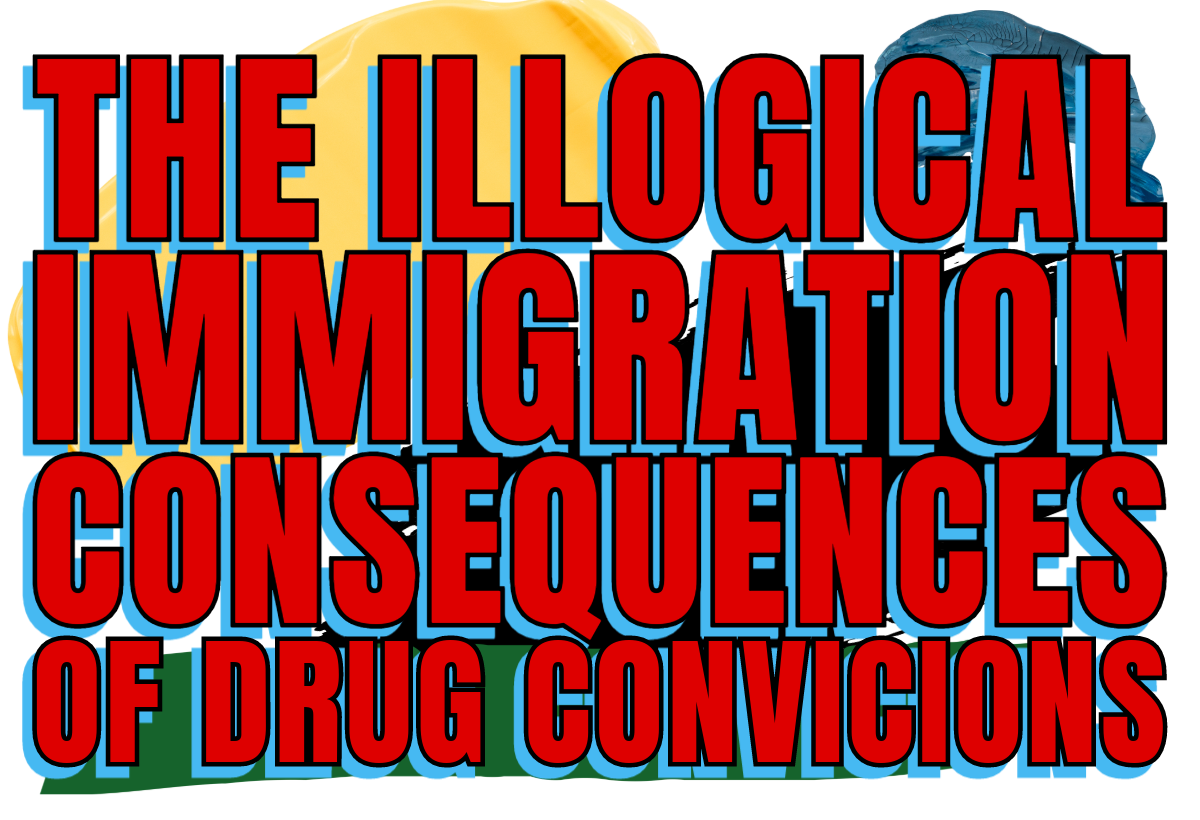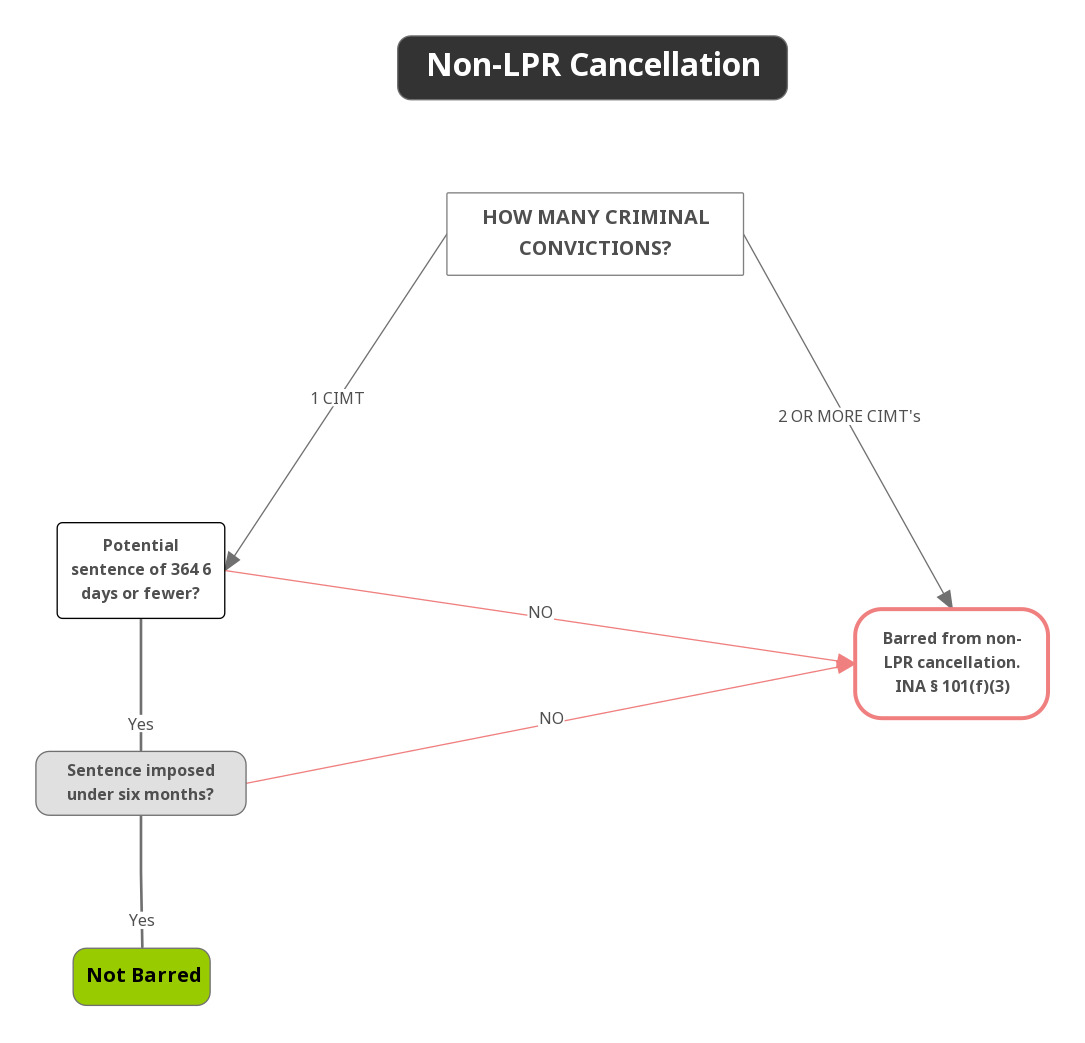BIA’s Decision in Matter of Thakker
September 20, 2024, the Board of Immigration Appeals issued a decision in Matter of THAKKER, 28 I&N Dec. 843 (BIA 2024). Matter of Jurado, 24 I&N Dec. 29 (BIA 2006), aff’d sub. nom. Jurado-Delgado v. Att’y Gen. of U.S., 498 F. App’x 107 (3d Cir. 2009), overruled in part. In Matter of Thakker, the Board of Immigration Appeals (BIA) addressed whether convictions for retail theft under r retail theft under section 3929(a)(1) of title 18 of the Pennsylvania Consolidated Statutes qualified as crimes involving moral turpitude (CIMT) for immigration purposes rendering the Respondent removable under section 237(a)(2)(A)(ii) of the INA, 8 U.S.C. § 1227(a)(2)(A)(ii), for having been convicted of two or more crimes involving moral turpitude not arising out of a single scheme of criminal misconduct. 8 C.F.R. § 1003.1(d)(3)(ii) (2024). The BIA ultimately concluded that those convictions were not CIMTs. The BIA began by recognizing the long-held principle that theft offenses are only considered CIMTs if they involve an intent to permanently deprive the owner of their property, citing to Matter of Diaz-Lizarraga. The BIA acknowledged that its prior decision in Matter of Jurado had established an assumption that retail theft offenses inherently included this intent to permanently deprive. However, the BIA determined that this assumption, which stemmed from a desire to distinguish between significant and minor property deprivations, was incompatible with the categorical approach established by the Supreme Court in Descamps v. United States, 570 U.S. 254 (2013). The categorical approach dictates that the BIA must focus solely on the elements of the crime as defined by the statute of conviction, rather than on the specific facts of the case. The BIA then examined the relevant Pennsylvania retail theft statute at issue in Matter of Thakker and found that it did not explicitly require an intent to permanently deprive as an element of the offense. Since the statute lacked this essential element, the BIA held that convictions under this statute could not be categorically classified as CIMTs. The BIA distinguished this case from its prior decision in Matter of Diaz-Lizarraga, where it found that shoplifting under a specific Arizona statute was categorically a CIMT. The BIA highlighted that the Arizona statute defined “deprive” in a way that encompassed an intent to permanently deprive, unlike the Pennsylvania statute. The BIA concluded that Matter of Jurado needed to be partially overruled because its assumption regarding intent to permanently deprive in retail theft cases conflicted with the categorical approach mandated by the Supreme Court. This decision emphasizes the BIA’s obligation to adhere to the categorical approach when determining whether a crime involves moral turpitude for immigration consequences. The BIA clarified that it cannot rely on assumptions about criminal intent that are not explicitly stated within the elements of the offense outlined in the relevant statute. The Respondent’s convictions for retail theft under section 3929(a)(1) of title 18 of the Pennsylvania Consolidated Statutes, all of which predate the Board’s decision in Matter of Diaz-Lizarraga, 26 I&N Dec. 847 (BIA 2016), are categorically not for crimes involving moral turpitude because the statute does not require an intent to permanently deprive the victim of property.




